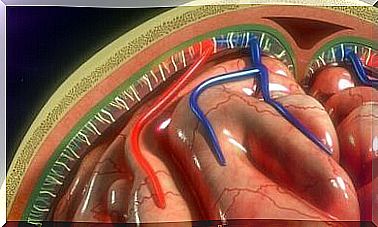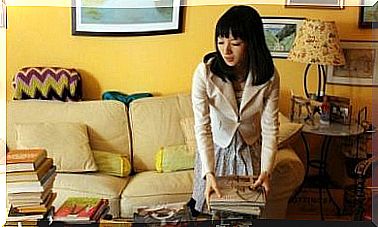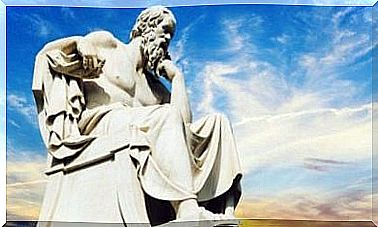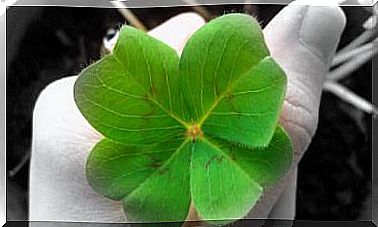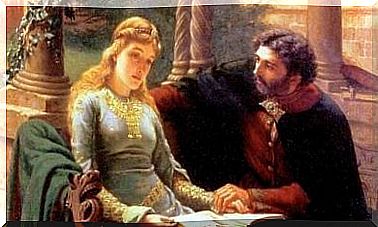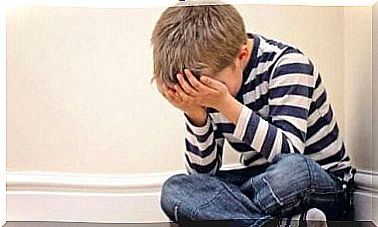Mary Ainsworth: One Of The Most Important People In Psychology
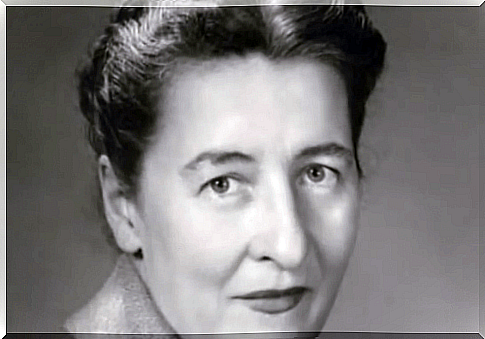
Mary Ainsworth was an important researcher and psychologist who illuminated Bowlby’s attachment theory. Other than that, she was interested in all aspects concerning women and people in general that psychology seemed to overlook at the time.
Mary Ainsworth was an American-Canadian psychologist who, together with John Bowlby, developed one of the greatest and most useful psychological theories of early social development: the theory of attachment.
In the beginning, they created this theory, taking only children into account. In the 60s and 70s, Ainsworth introduced new concepts that led to an expansion aimed at adults.
She was one of the most quoted psychologists throughout the 20th century. In fact, her brilliant theory is the building block on which many scientists and psychologists based their studies, even to this day. Universities around the world use her work as an example.
In addition, she has received great recognition despite the fact that she lived in a time when women were quite limited in their professional roles.
During her academic years, Ainsworth began to reflect on the attachment relationship that children usually form with their mother figure.
But Ainsworth’s life was not just about studies and questions. In fact, it was much more dynamic than we would expect for a woman in her time. Let’s dive a little deeper into her life.
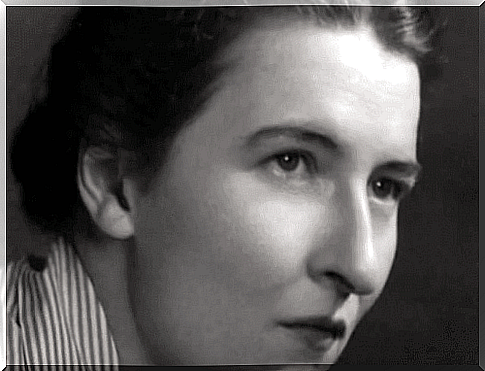
Mary Ainsworth’s life
Mary Ainsworth was born in the United States. However, her family moved to Toronto, Canada when she was just a little girl. She was educated in developmental psychology at the University of Toronto and received her Ph.D. in 1939. After completing her studies, she joined the Canadian Women’s Army and spent four years there.
Shortly after, she married and moved to London with her husband. At that time, she began working at the Tavistock Institute of Human Relations with psychiatrist John Bowlby. The two began experimenting with separating children from their mothers.
In 1953, she moved to Uganda and began working at the East African Institute for Social Research. There, she continued to explore early mother-and-son relationships.
After a while, she got a position at John Hopkins University in the United States. She later began working at the University of Virginia, where she continued to develop her attachment theory until she retired in 1984.
Mary Ainsworth added a new concept to attachment theory
John Bowlby is considered the father of attachment theory. Bowlby’s studies showed that children have innate probing behaviors. Despite this, if they feel unprotected or in danger, their first reaction is to seek support from their mother or primary caregiver. Mary Ainsworth added a new concept to this theory: the alien situation.
Mary Ainsworth studied children’s relationships with their caregivers by adding ‘the alien situation’ in several different contexts. The ‘strange situation’ consisted of adding a stranger in the context of mother-and-son relationships.
Based on the results obtained, Mary Ainsworth expanded the theory by combining three associated styles: Secure attachment, insecure and avoided attachment, and uncertain-ambivalent / resistant attachment. Other researchers then went on to expand her theory. The attachment theory we know today is a result of the additions of other psychologists.
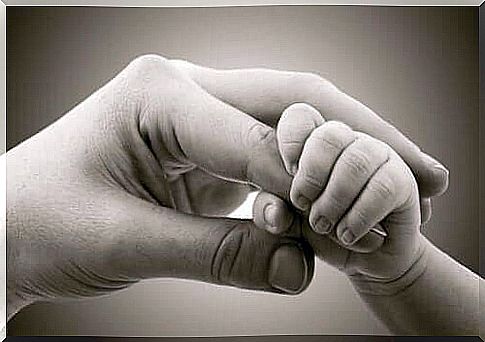
Mary Ainsworth and the different types of attachment
A fourth type of attachment later had a breakthrough in attachment theory. But Mary Ainsworth defined and characterized only these three:
- Secure attachment : When the child feels loved and protected. Even if the caregiver is absent and the child feels angry the moment they are separated, they know that it is a fact that their caregiver will return soon.
- Insecure-deviant attachment : When a child responds with intense anxiety by separating the mother or caregiver. It seems that this type of attachment is the result of a lack of presence from the mother or caregiver. Children with this type of attachment learn that their mother will not always be there when they need it.
- Insecure-ambivalent / resistant attachment : This type of attachment develops when the primary caregiver does not meet the child’s needs in a stable way. These children develop a great sense of distrust and do not learn to seek help in the future.
Mary Ainsworth’s excellent work
Mary Ainsworth became very aware of the importance of developing a healthy relationship with mother thieves. She believed this was important because it could affect the child in the future.
She was a supporter of programs that would help women work and be mothers at the same time. To be completely honest, it was almost impossible for women to do this at the time. But today we see it every day.
Access to academic studies, research programs, the labor market, etc. does not seem to be compatible with homework, especially those dictated by society (being a wife and a mother). For this reason, many consider Mary Ainsworth to be one of the forerunners of maternity programs to strike a balance between work and private life.
As a female researcher, she knew that her work had to go beyond academia. She wanted to help future women choose their own individual path in life.
Mary Ainsworth died in 1999 at the age of 86, after devoting her entire life to developing one of the most important psychological theories.
